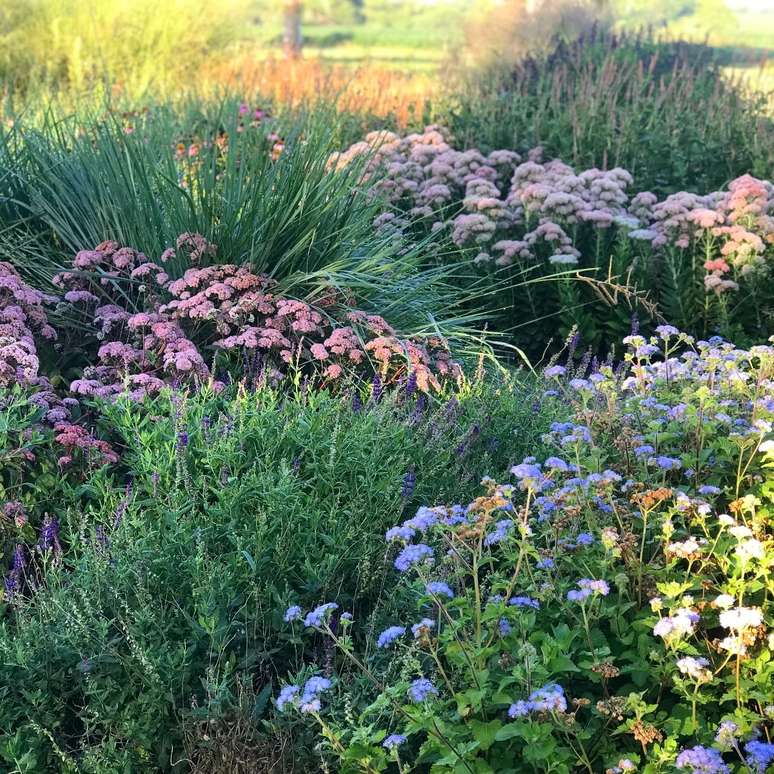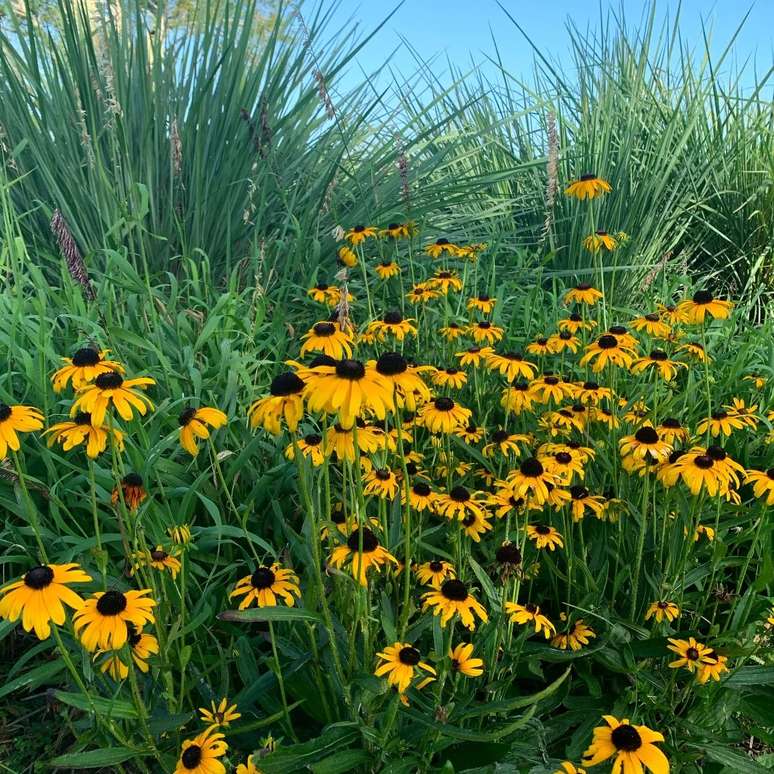Gardens that “mimic nature” as well as being more sustainable, as they need less water and inputs, have a lush and wild aesthetic
Edited by Valentina Arruabarrena
As a great Greek philosopher said thousands of years ago: “The foundation of everything is in the continuous and incessant change of things”, green infrastructures, gardens and landscapes do not escape this principle. In addition, global climate change is taken into account, which no one can avoid.
New trends are not born by themselves, they are the result of needs, adaptations and efficient operations. A change in planning, execution and management is needed to offset the negative effects and stop the devastation of our ecosystem.
html[data-range=”xlarge”] figure image img.img-6212ef7f5849f3f225f8de3a8f903ec2fb7t3imr { width: 774px; height: 774px; }HTML[data-range=”large”] figure image img.img-6212ef7f5849f3f225f8de3a8f903ec2fb7t3imr { width: 548px; height: 548px; }HTML[data-range=”small”] figure image img.img-6212ef7f5849f3f225f8de3a8f903ec2fb7t3imr, html[data-range=”medium”] figure image img.img-6212ef7f5849f3f225f8de3a8f903ec2fb7t3imr { width: 564px; height: 564px; }
Faced with these challenges, the 21st century has brought about paradigm shifts that are observed in several disciplines. In landscaping, a new trend has emerged: wild, naturalistic gardens.
This trend is growing all over the world, from gardens that mimic nature, incorporating the famous and expanding “natives” (species native to each region), reducing water consumption for irrigation and using materials from the region (smaller carbon footprint) and solar systems with renewable energy; all elements that help to remedy environmental problems.

Aesthetically, this new trend in gardens is associated with flowering meadows and growing pastures without rules, in addition to those dictated by mother nature. With the flora adapted to the environment, it is possible to design a garden with a wild flavor and achieve the objectives.
spaces are observed loose, dynamic and friendly, a more real and sensitive connection with the environment is created. The contribution of leaves, flowers and fruits it is essential, in this way, there is interest all year round, in all seasons. At the same time, food and shelter are provided for pollinators and birds.

OR plantation design in this type of garden it plays a very important role. It is essential to choose the right plant for the right location, favoring the climate and soil of the region, variables that cannot be changed, which is the key to the success of its implementation and the harmony of the ecosystem. The advantage is not only ecological, as studies conducted by recognized universities show, this type of landscape has a positive effect on the well-being of its users.
As a landscaper, I guess gardens connected to the environment and sustainable over time, with the use of communities of species that make up undemanding gardens that increase biodiversity, radiating perceptions and sensations with plays of shapes, textures, colours, aromas and movements. You can be eco-conscious and landscaping at the same time.
I constantly try to connect the house with the garden and create a strong bond where one enhances the other and vice versa.
Wild gardens, as we call them today, are a good addition to modern and sustainable architecture.
Studio Arruabarrena
eng. Agr. and landscaper
IG: valentina.arruabarrena
Source: Terra
Ben Stock is a lifestyle journalist and author at Gossipify. He writes about topics such as health, wellness, travel, food and home decor. He provides practical advice and inspiration to improve well-being, keeps readers up to date with latest lifestyle news and trends, known for his engaging writing style, in-depth analysis and unique perspectives.





![Tomorrow we belong to: What awaits you in the 2054 episode of Thursday on October 16, 2025 [SPOILERS] Tomorrow we belong to: What awaits you in the 2054 episode of Thursday on October 16, 2025 [SPOILERS]](https://fr.web.img6.acsta.net/img/3f/3b/3f3b56983d580fbe5136143378b45a29.jpg)


